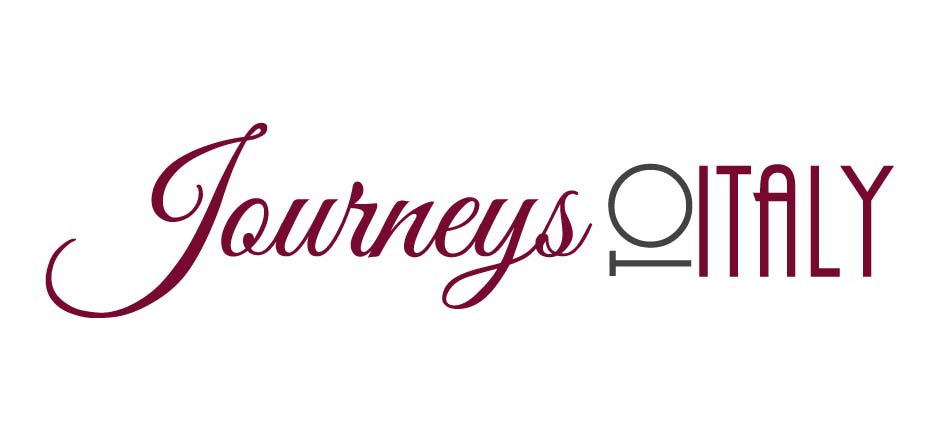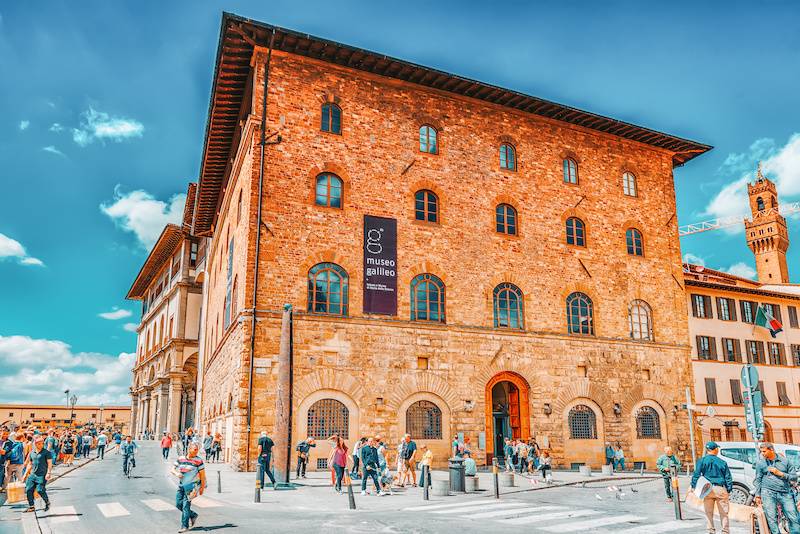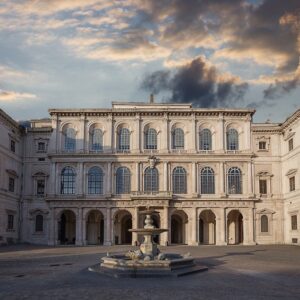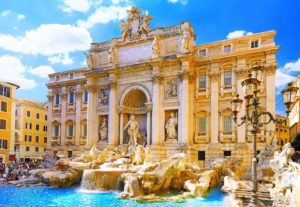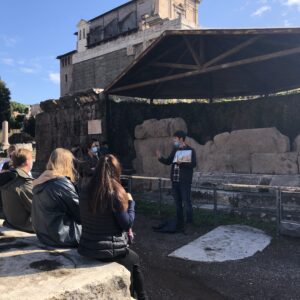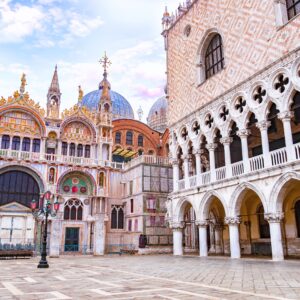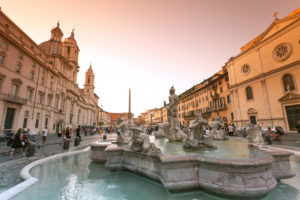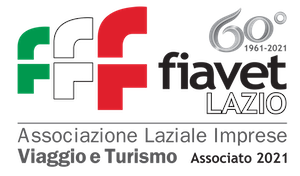Not only art and architecture. Visiting the main Italian cities today, true cultural heritage sites, does not only mean delving into the history of our millennia-old past, but also discovering all the other disciplines that have made Italy great in the world over the years.
A shining example of this are the scientists who have left a tangible mark for the country, contributing to the progress of Italy and the entire planet, leaving a lasting imprint in the world of science.
Italy’s scientific tradition is indeed rich, dating back to ancient times, when scientists like Galileo Galilei and Leonardo da Vinci made significant contributions to human knowledge in the fields of astronomy, physics, and engineering.
A Museum dedicated to science
For this reason, the city of Florence wanted to create a Museum that celebrated the great Galileo Galilei in one of the oldest Palaces in the city, Palazzo Castellani, in Piazza dei Giudici. It is here that one of the most complete and fascinating collections of scientific and experimental instruments in the world is preserved; five centuries of collections that have arrived to the present day thanks to the Medici and Lorraine families.
The Medici collection began in the sixteenth century, first at Palazzo Vecchio, then at the Uffizi Gallery, and finally at Palazzo Pitti. In the eighteenth century, the Lorraine family continued the collection, and Grand Duke Pietro Leopoldo of Habsburg-Lorraine founded a true museum of physics at Palazzo Torrigiani. The entire museum revolves around the extraordinary figure of Galileo Galilei and Florence of those years, during which the city, under the influence of the Medici and the Lorraine, was the cradle of the world in terms of arts, scientific knowledge, and culture.
The collection
The precious collection also contains some originals belonging to Galileo, including two telescopes and the lens of the telescope with which, in 1609, Galileo discovered the lunar mountains and the satellites of Jupiter.Among the exhibited objects, there are numerous mathematical, optical, astronomical, surgical, or navigational instruments. There is also a small collection of pocket watches, including some manufactured in the late sixteenth century.
The Museum, opened in 2010, collected and cataloged all the artifacts that previously belonged to the Institute for the History of Science inaugurated in 1927.
The exhibition also provides an overview of the scientific revolution of the sixteenth and seventeenth centuries, during which Galileo and other scientists revolutionized the way humanity understands the natural world.
Not only scientific artifacts
Inside the Museum, there is also a relic that arouses particular curiosity: Galileo’s middle finger, taken from the scientist’s body in 1737 when his remains were transferred to the family crypt.
Conclusion
In conclusion, the Museo Galileo represents a must-visit during a Tour of Florence and enthusiasts alike who are interested in the history of science and wish to explore the extraordinary contribution that Italian scientists have made to human knowledge over the centuries. With its vast collection and engaging exhibitions, the museum offers an educational and stimulating experience that leaves a strong impression on visitors.
